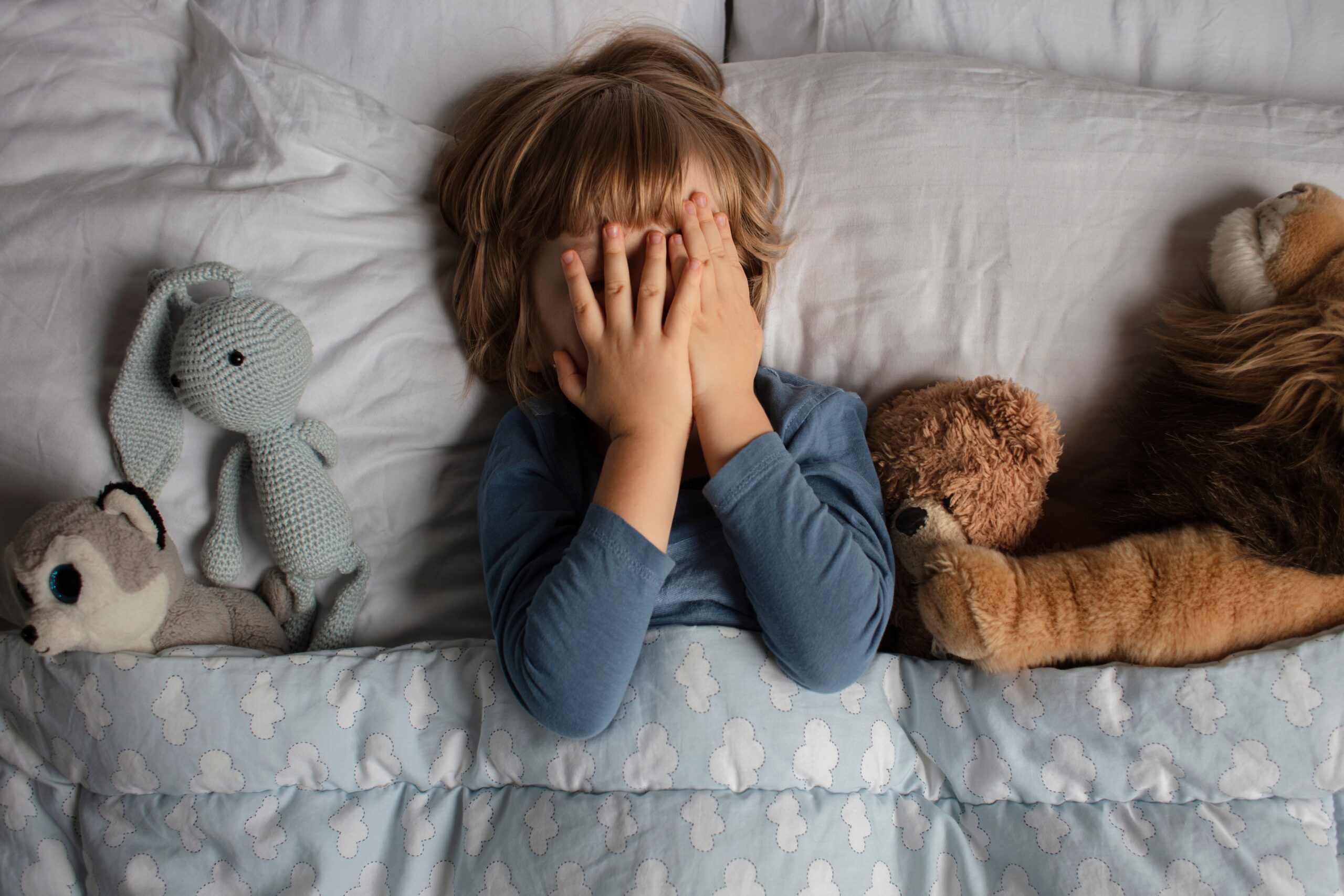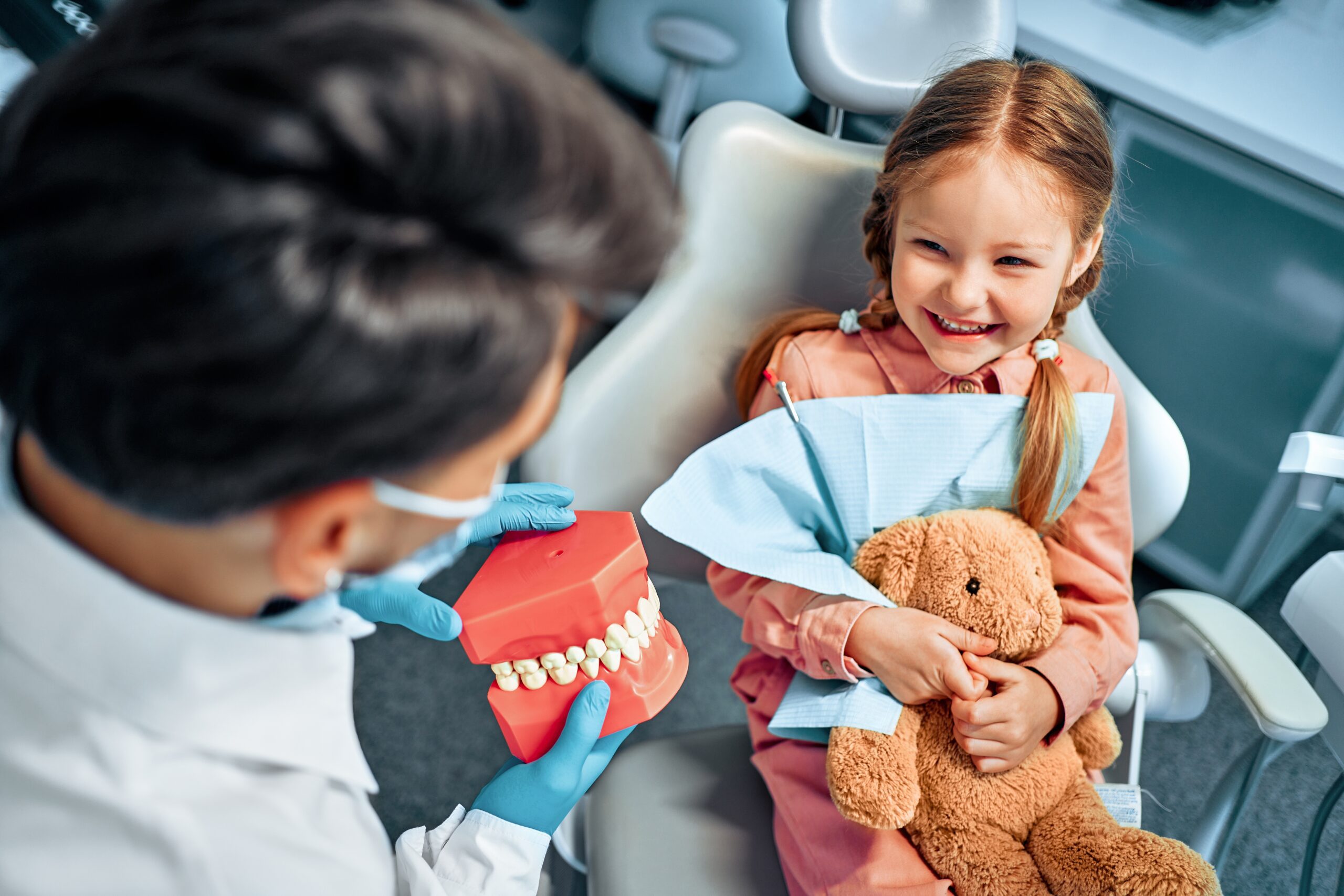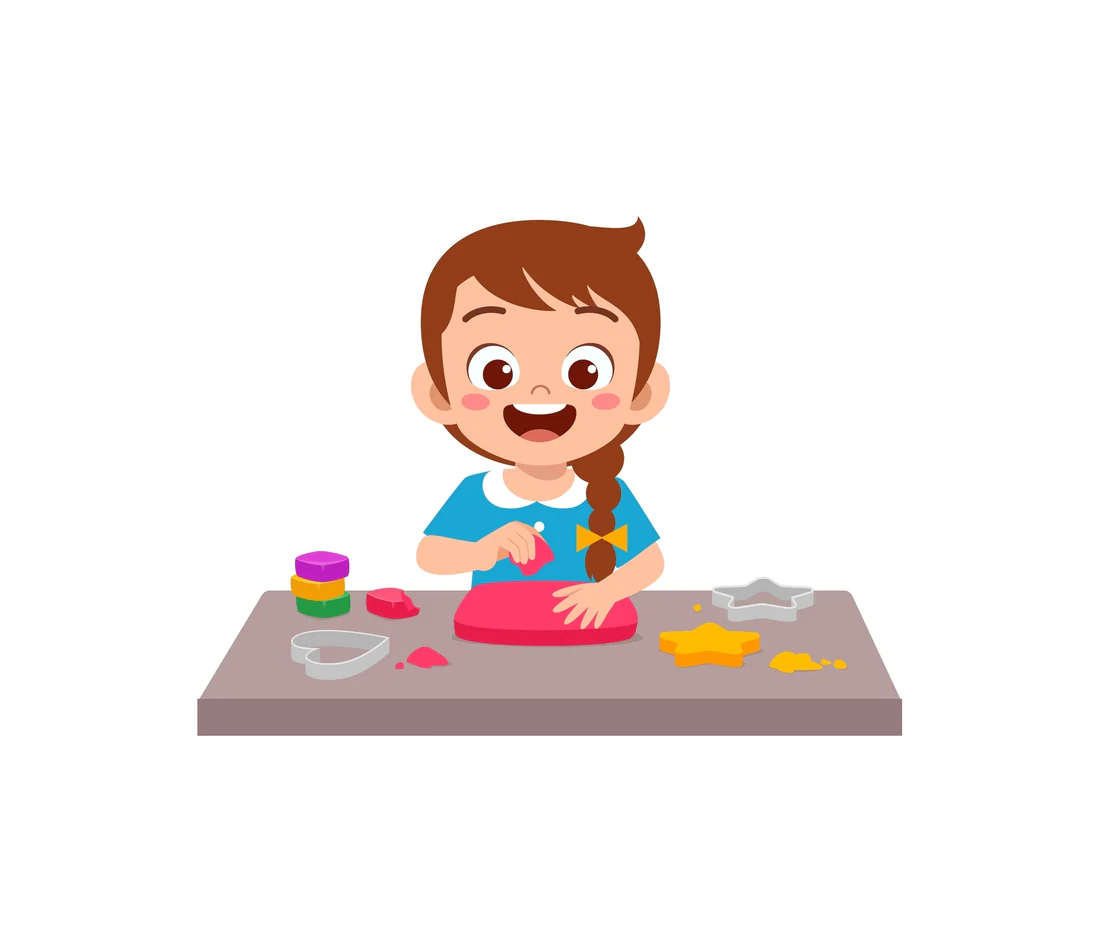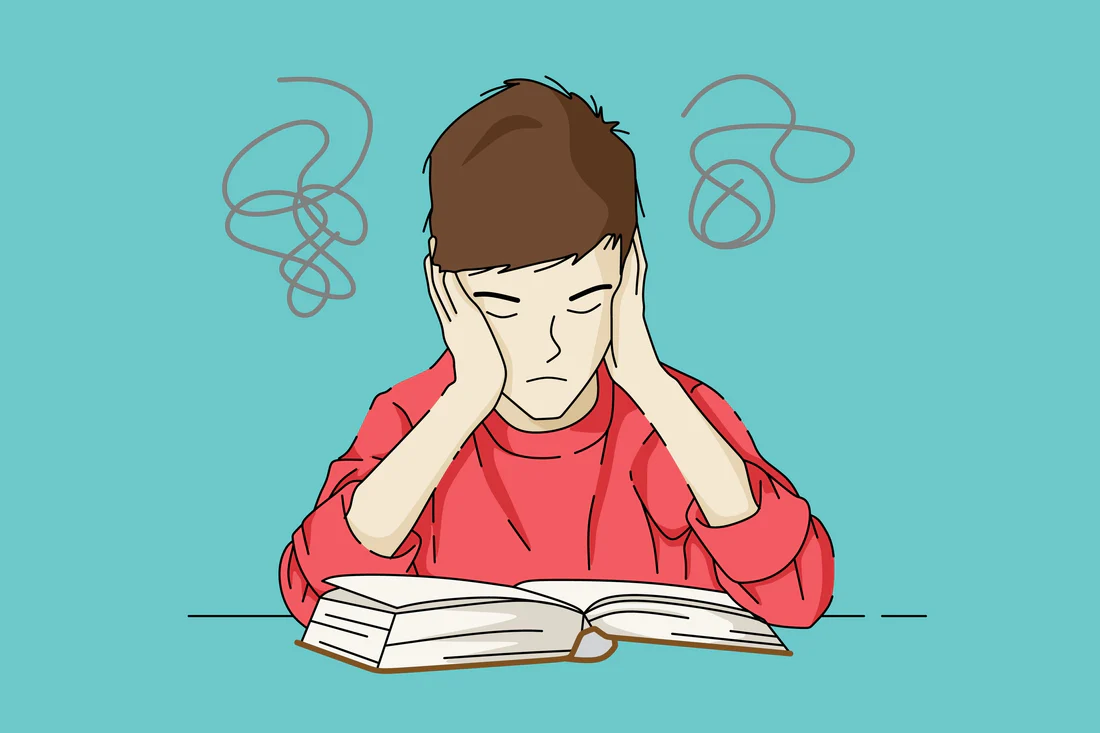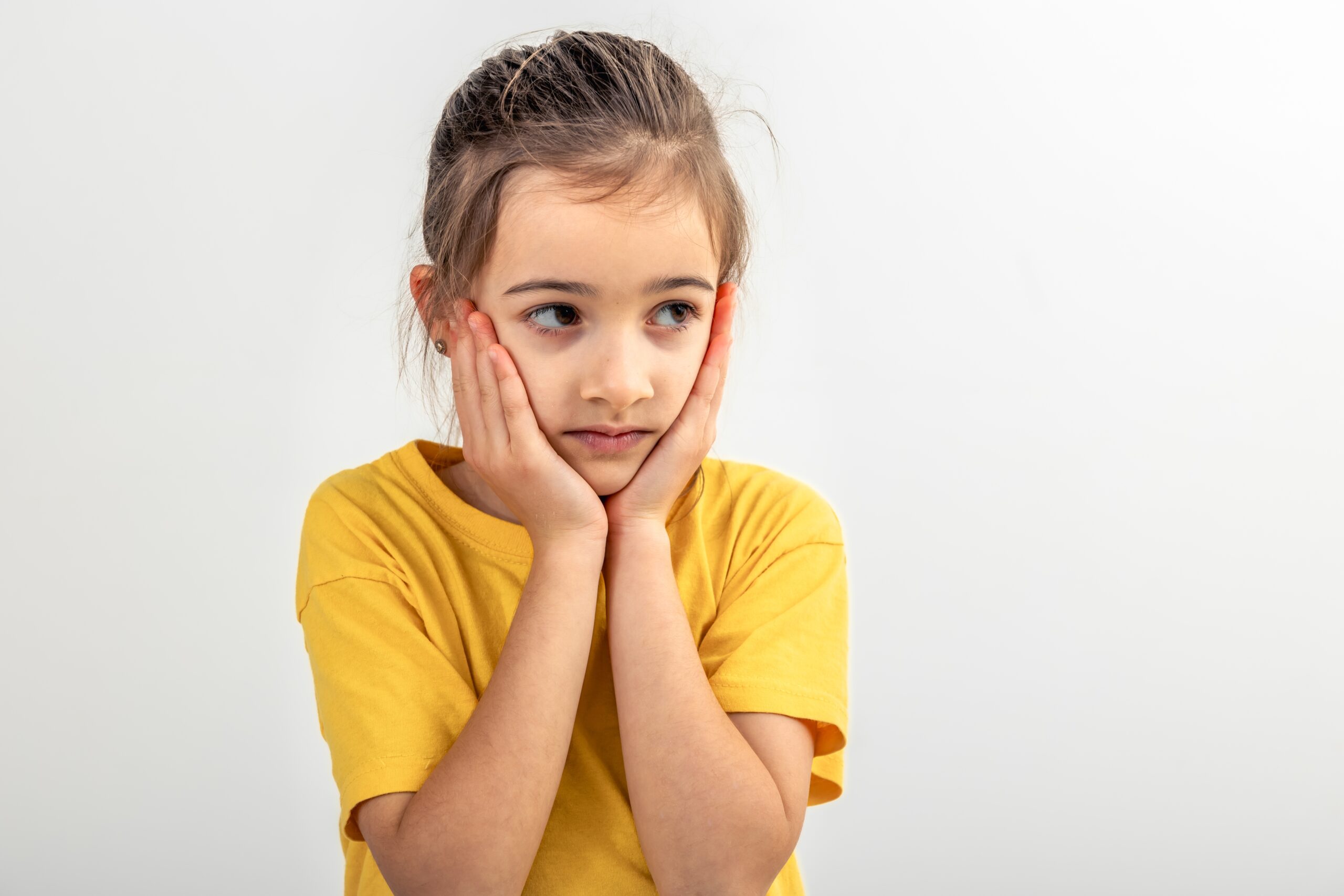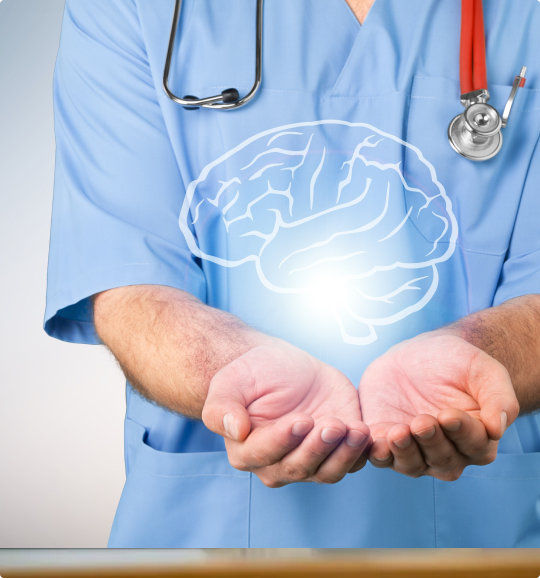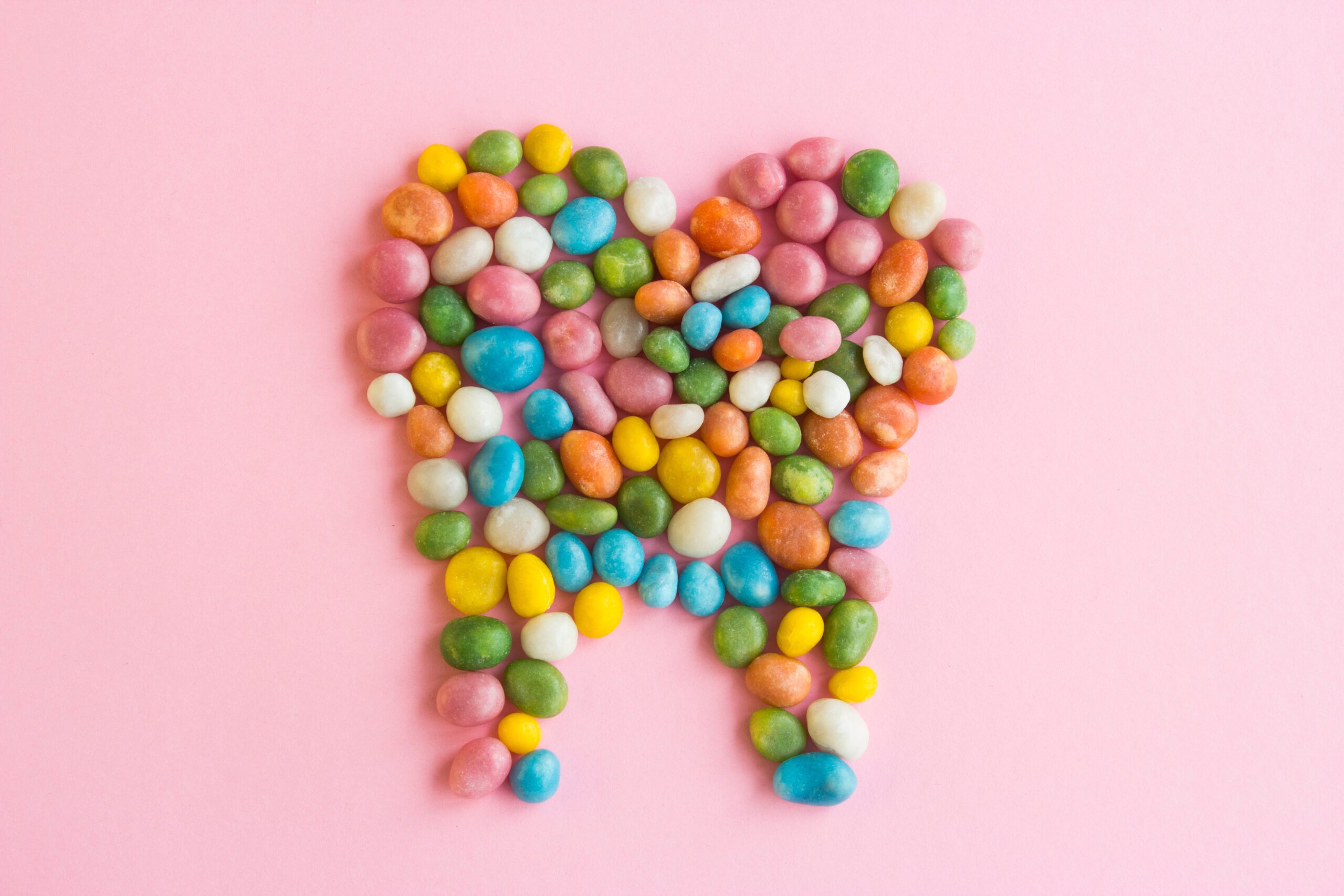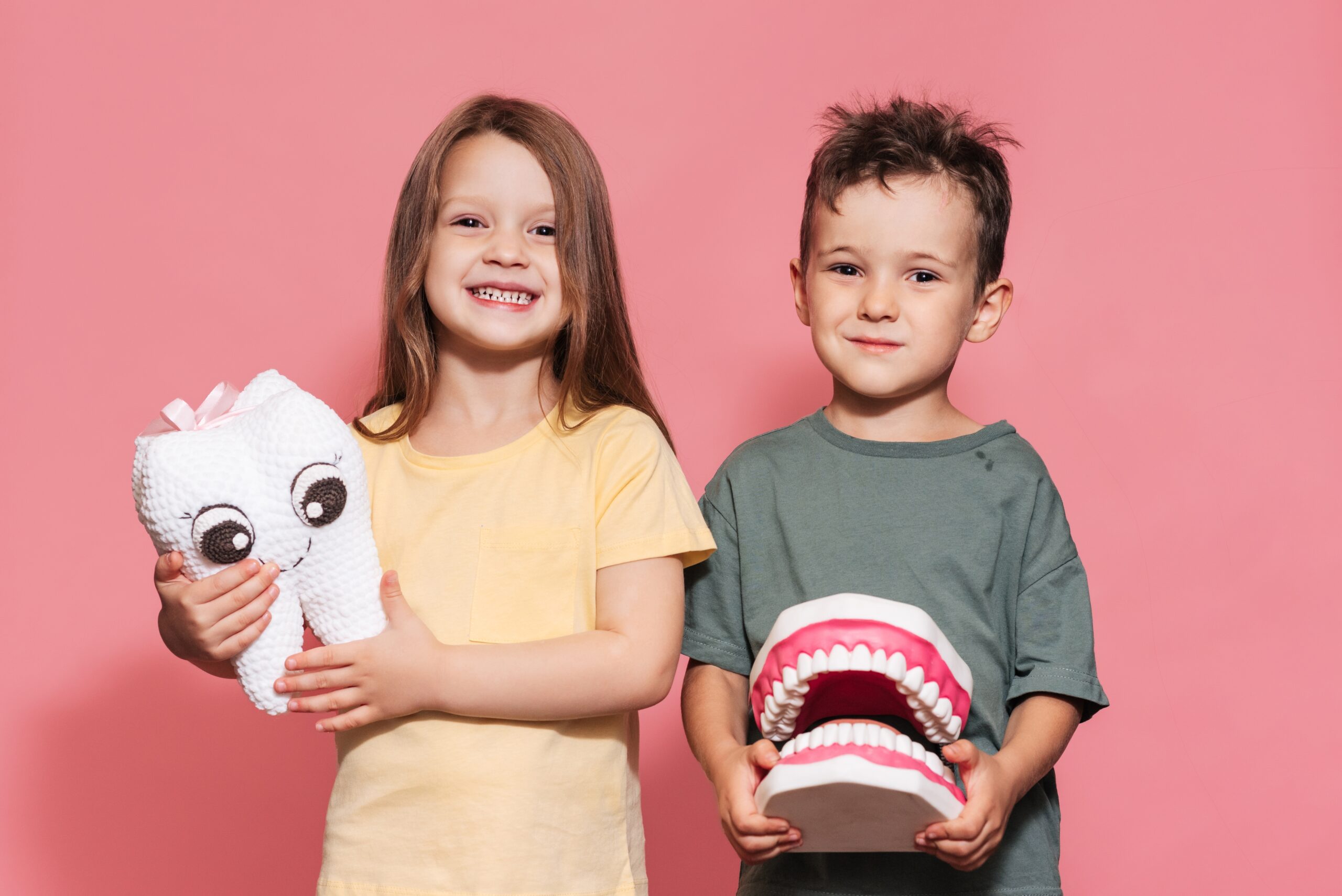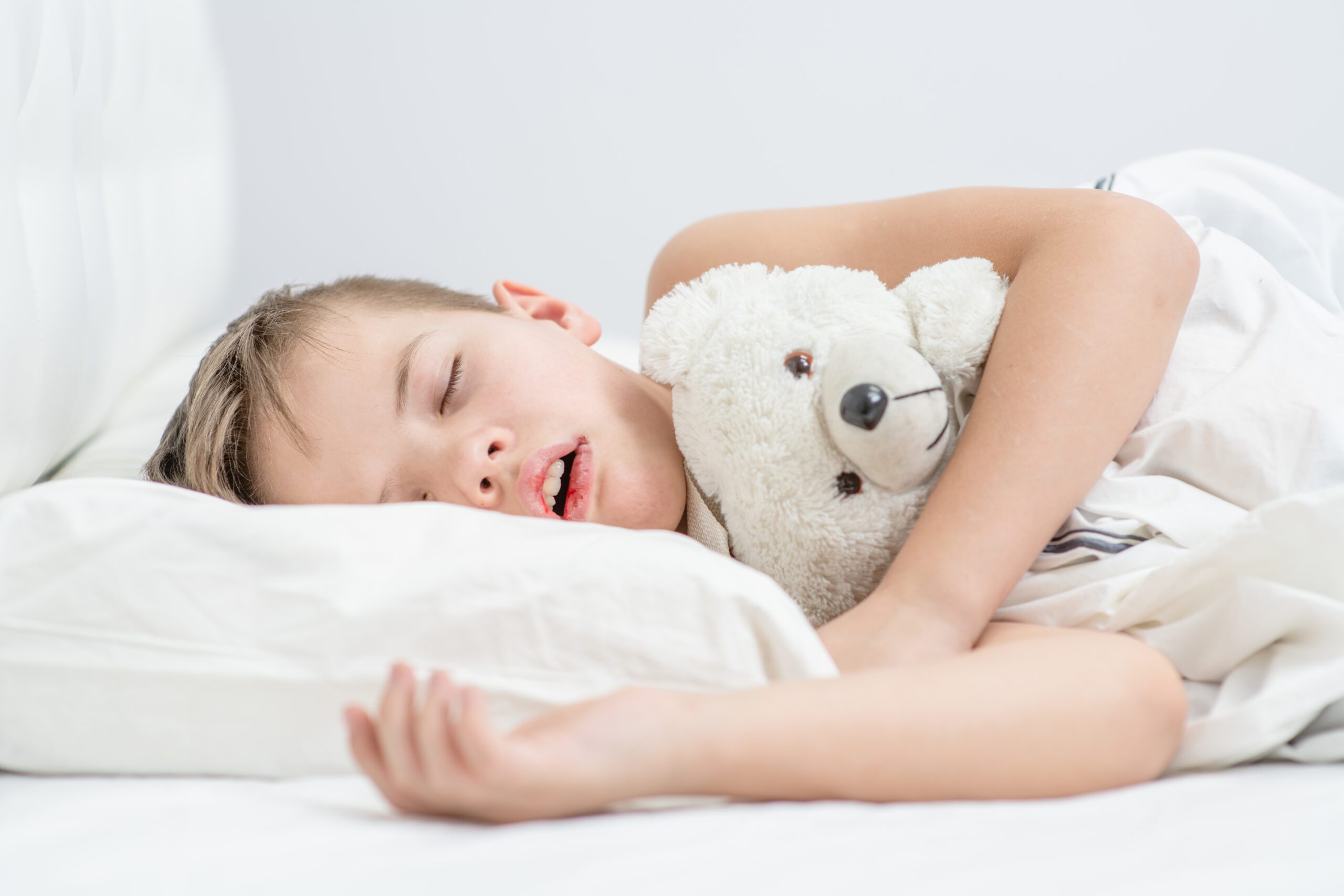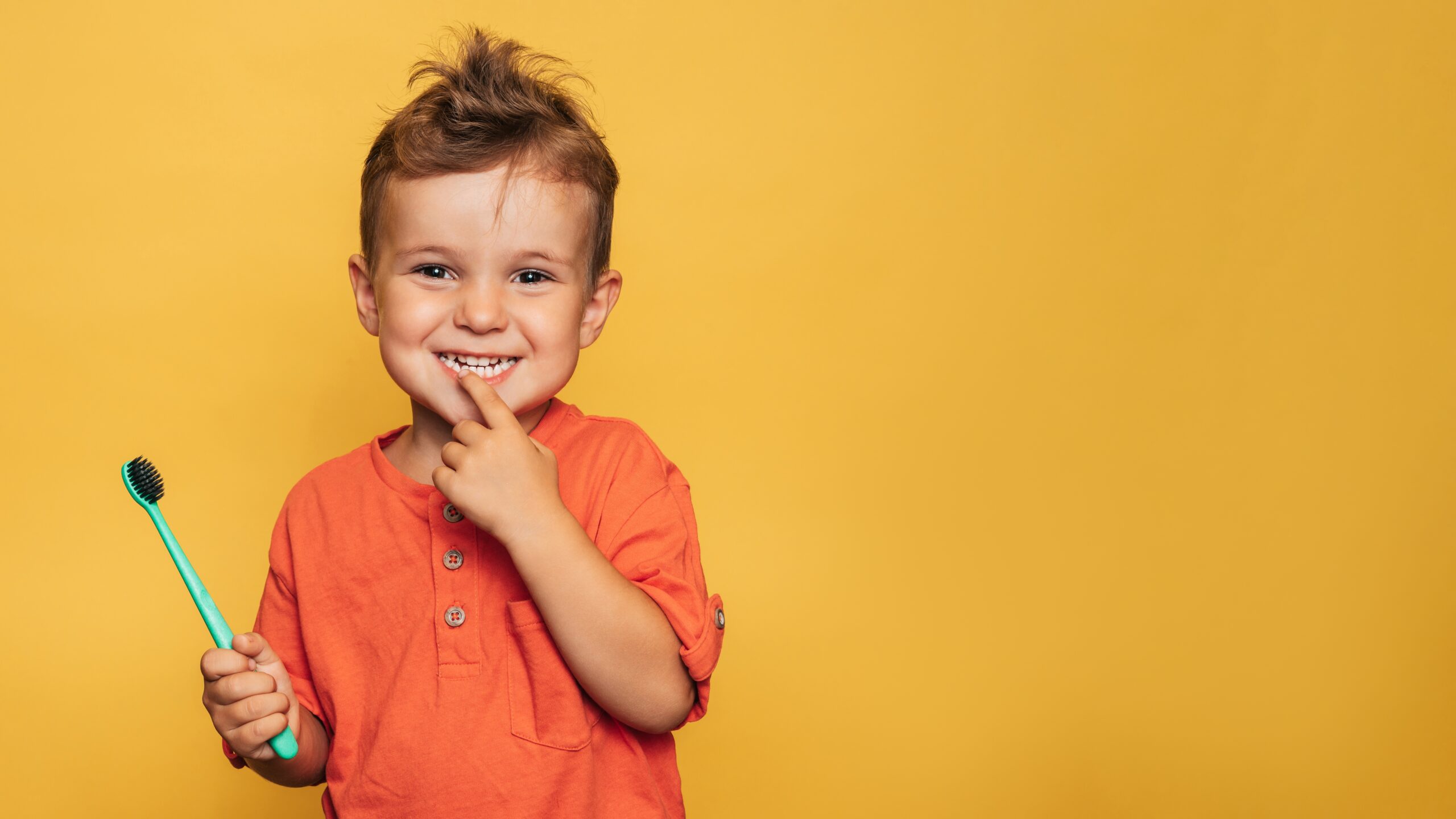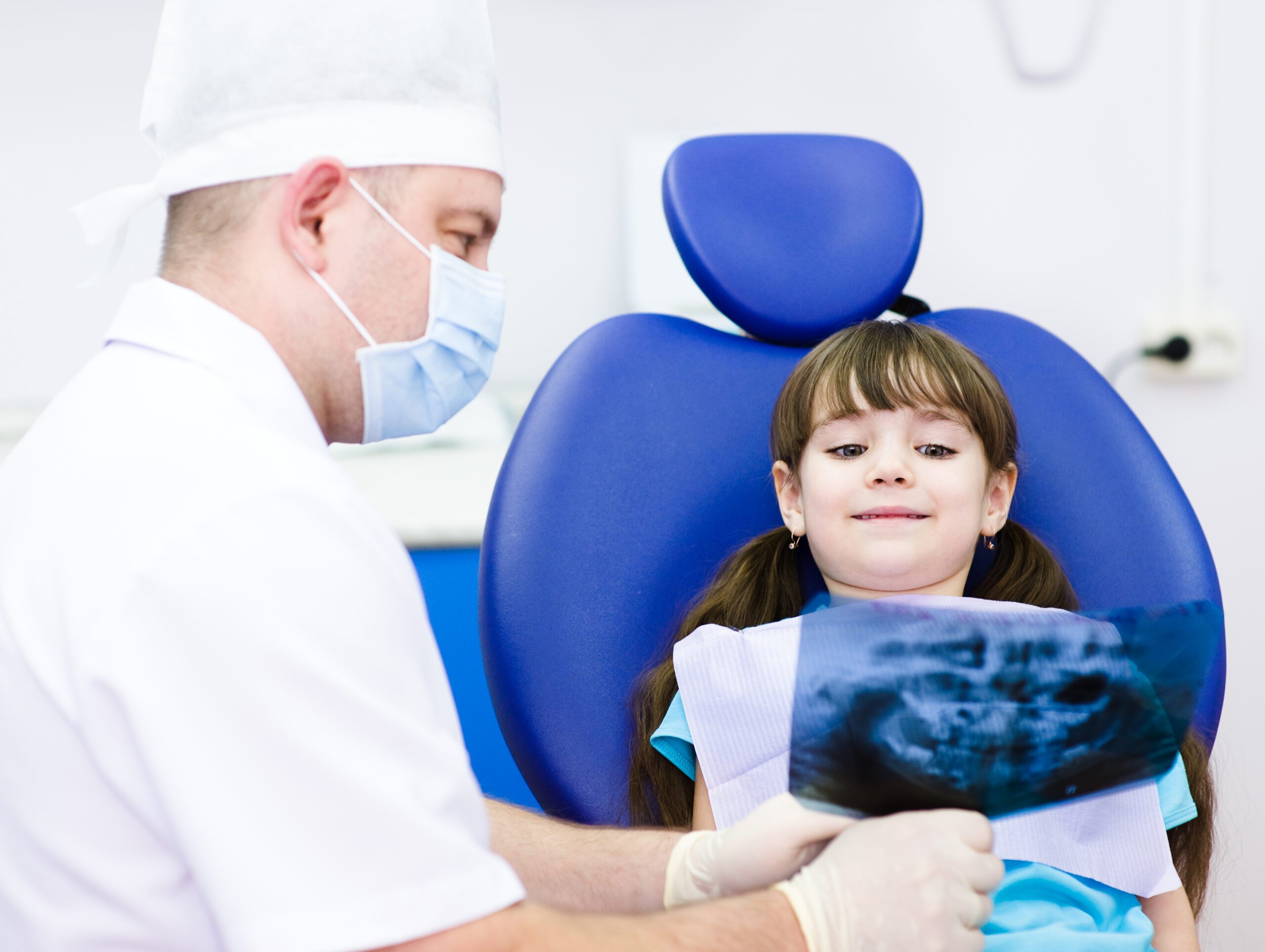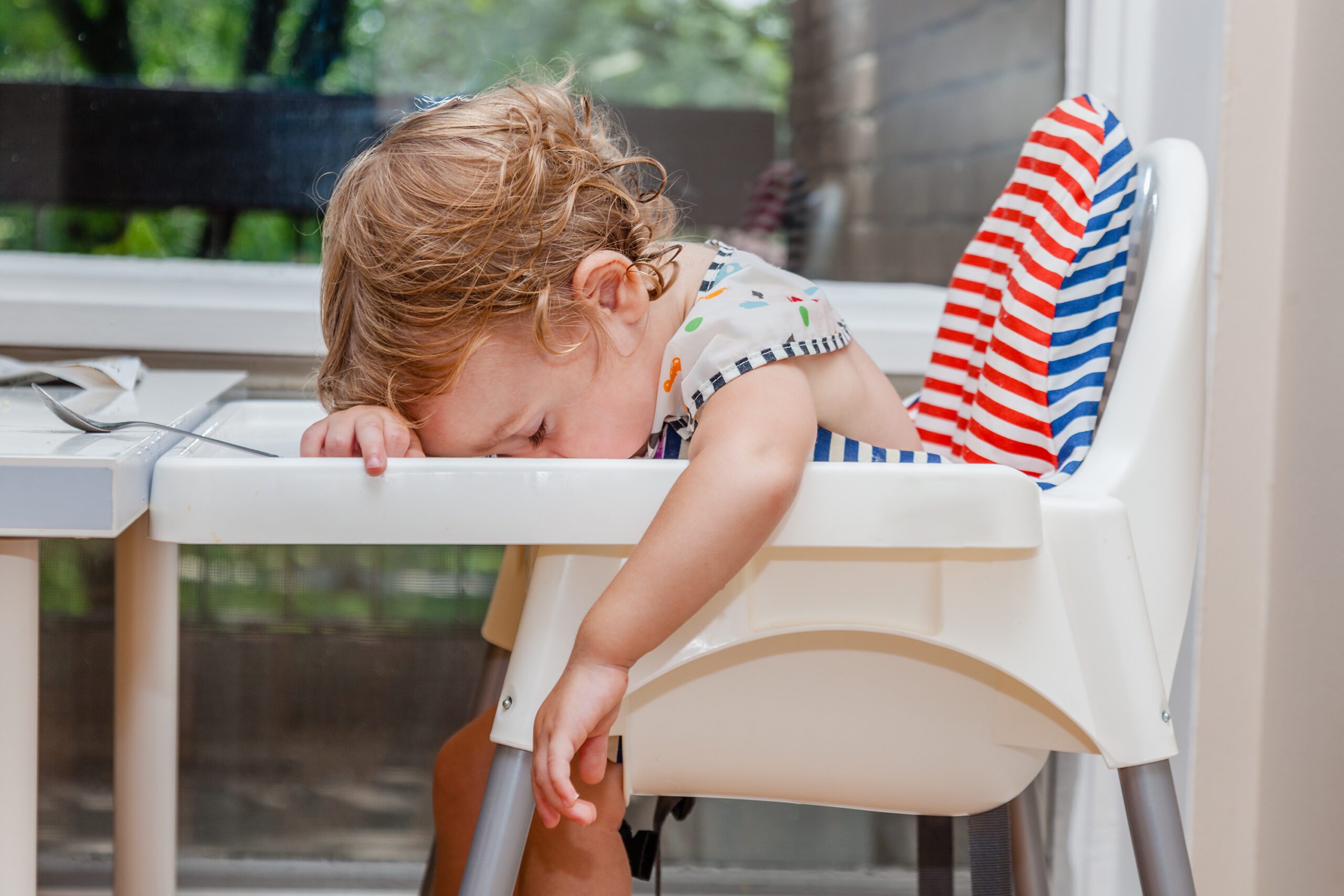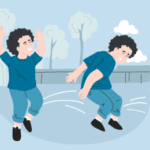
Behavioral & Emotional Disorders
- Oppositional Defiant Disorder (ODD) in Children: Symptoms, Causes, & Treatment
- Conduct Disorder in Children: Signs, Causes & Support
- Mood Disorders in Children: Signs, Support & Resources
- Social Anxiety in Children: Signs, Support & Therapies
- Generalized Anxiety Disorder (GAD) in Children: Signs, Support & Resources
- Selective Mutism in Children: Signs, Causes & Therapy Support
- OCD in Children: Signs, Causes & Therapy Support
- Disruptive Mood Dysregulation Disorder (DMDD) in Children: Signs, Causes & Support
- Childhood Depression: Signs, Causes & Pediatric Therapy Support
- Stuttering Therapy & Treatment | DrSensory Speech Experts
- Ultimate Guide to LISPs in Children & Adults
Social Anxiety in Children: Signs, Support & Therapies

Authored by: The DrSensory Editorial Team
Reviewed by: 🛡️ DrSensory Clinical Review Board
Last updated: June 2025
Social Anxiety in Children
Signs, Causes & Supportive Developmental Strategies
What Is Social Anxiety?
Social anxiety disorder (also called social phobia) is more than just shyness—it’s a persistent fear of being judged, embarrassed, or rejected in social situations. Children with social anxiety often avoid school, group activities, or speaking to others, even when they want to participate.
Social anxiety affects daily life, learning, and development. The good news? Early support can make a meaningful difference.
Common Signs of Social Anxiety in Children
Children with social anxiety may show behavioral, emotional, and physical symptoms that interfere with social participation or school life.
Behavioral Symptoms
- Avoiding eye contact or group settings
- Refusing to speak in class or with unfamiliar adults
- Difficulty joining peer activities
- Avoidance of school, parties, or performances
Emotional Symptoms
- Intense fear of embarrassment or judgment
- Excessive worry before social events
- Low self-confidence or fear of “messing up”
Physical Symptoms
- Sweating, trembling, or rapid heartbeat
- Nausea or stomachaches before social situations
- Frozen or shut down behavior in new settings
Note: Social anxiety becomes a disorder when it’s frequent, intense, and disrupts functioning for 6 months or more.
What Causes Social Anxiety?
Social anxiety results from a combination of biological, psychological, and environmental factors:
- Genetics: Family history of anxiety or mood disorders
- Temperament: Behavioral inhibition (natural shyness, sensitivity)
- Parenting Environment: Overprotection, criticism, or modeling of anxious behavior
- Life Experiences: Bullying, public embarrassment, or social trauma
When to Seek Support
If your child is consistently avoiding people, withdrawing socially, or experiencing distress in social situations, consult with a:
- Pediatric psychologist or psychiatrist
- Licensed clinical social worker
- Developmental-behavioral pediatrician
DrSensory does not diagnose or treat anxiety disorders, but we offer resources and connections to developmental therapists who support social communication and confidence building.
Supportive Therapies for Children with Social Anxiety
Although mental health professionals provide diagnosis and treatment, many children with social anxiety also benefit from therapy that targets communication, self-regulation, and social skills.
Using the DrSensory Therapist Directory, families can find trusted pediatric occupational therapists (OTs), speech-language pathologists (SLPs), and physical therapists (PTs) who offer supportive care.
1. Speech-Language Therapy (SLP)
SLPs help children develop expressive language, conversation skills, and confidence in social interactions—especially important for children who fear speaking or feel misunderstood.
2. Occupational Therapy (OT)
OTs support emotional regulation, sensory integration, and executive functioning. Many children with social anxiety have sensory sensitivities or difficulty managing stress in stimulating environments.
3. Physical Therapy (PT)
PTs work with children on body awareness, posture, and motor planning, which can help with confidence in group movement-based settings like recess, gym class, or sports.
4. Parent Coaching & Environmental Strategies
Therapists often provide families with tools to create structured routines, reduce sensory overload, and encourage gradual exposure to social situations.
💡 The DrSensory Approach
At DrSensory, we empower families to take early, informed steps by connecting them to qualified pediatric therapists who support developmental, behavioral, and sensory needs.
- 🧑⚕️ Find OTs, PTs, and SLPs by Location & Specialty
- 🧠 Pediatric-Focused Therapists Who Understand Child Development
- 🤝 Supportive Resources for Parents and Educators
- 🧩 Complementary Strategies for Children with Social Anxiety
We don’t offer direct clinical care with mental health therapy, but we help you build a supportive network for your child.
Frequently Asked Questions (FAQ)
What’s the difference between shyness and social anxiety?
Shyness is common and usually short-term. Social anxiety involves intense, persistent fear and avoidance that disrupts daily life, friendships, and learning.
What age does social anxiety usually begin?
Social anxiety can begin as early as age 5–7, and often becomes more apparent in late childhood or early adolescence, especially in school or peer-group settings.
Can a child grow out of social anxiety?
Some children naturally gain confidence with age and support. However, untreated social anxiety can persist and lead to academic, emotional, or social challenges in adolescence and adulthood.
What should I do if my child won’t talk to others?
Start by consulting your pediatrician. From there, consider working with a licensed therapist and exploring supportive services like speech therapy or occupational therapy to build communication and coping skills.
How can I find a therapist who helps with social anxiety?
Visit the DrSensory Therapist Database to search for pediatric OTs, PTs, or SLPs in your area. Many listed providers specialize in anxiety-informed, developmental care.
This page provides general educational content and is not a substitute for professional medical advice. Always consult a licensed provider for diagnosis and treatment.
View privacy policy, copyright and trust info
More on Behavioral and Emotional Disorders

- Oppositional Defiant Disorder (ODD) in Children: Symptoms, Causes, & Treatment
- Conduct Disorder in Children: Signs, Causes & Support
- Mood Disorders in Children: Signs, Support & Resources
- Social Anxiety in Children: Signs, Support & Therapies
- Generalized Anxiety Disorder (GAD) in Children: Signs, Support & Resources
- Selective Mutism in Children: Signs, Causes & Therapy Support
- OCD in Children: Signs, Causes & Therapy Support
- Disruptive Mood Dysregulation Disorder (DMDD) in Children: Signs, Causes & Support
- Childhood Depression: Signs, Causes & Pediatric Therapy Support
- Stuttering Therapy & Treatment | DrSensory Speech Experts
- Ultimate Guide to LISPs in Children & Adults
Find a Therapist near you
Are you looking for a physical, occupational, or speech therapist in your area?
Look no further than the DrSensory Therapist Database and Clinic Directory!
Find a Therapist
Find the physical therapist, occupational therapist, or speech language pathologist you’re looking for!
Ask Us Anything
Whether you are looking for advice, have a general question about sensory processing, or looking for resources.
Submit Your Story
Share your story about your child. Let’s celebrate milestones and learn more about challenges.




































